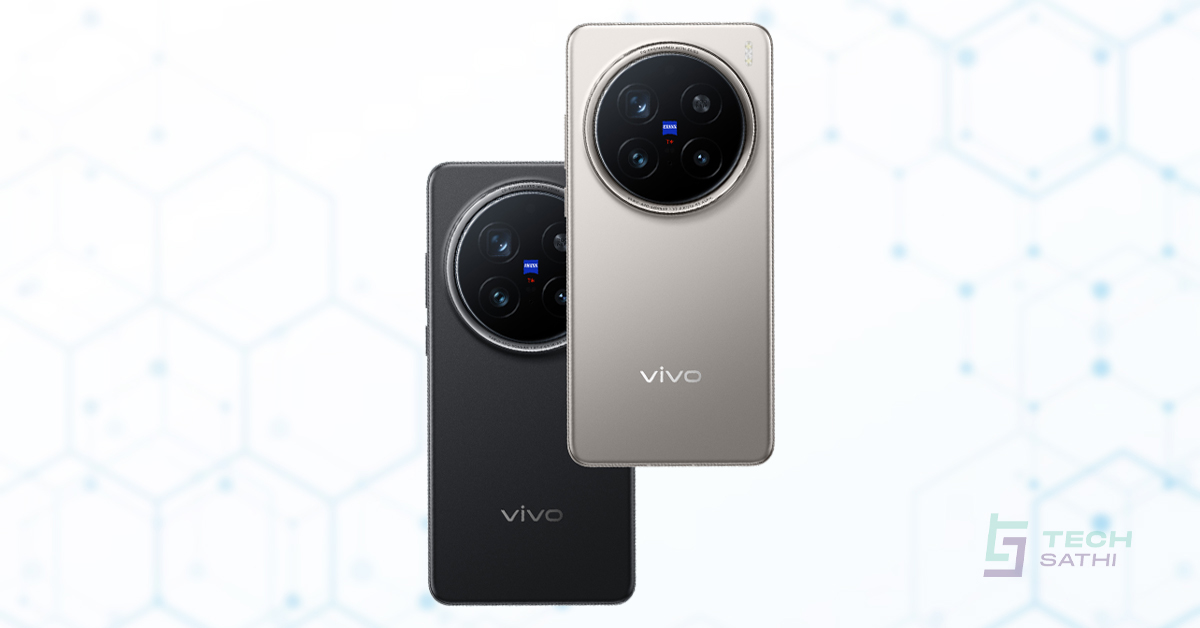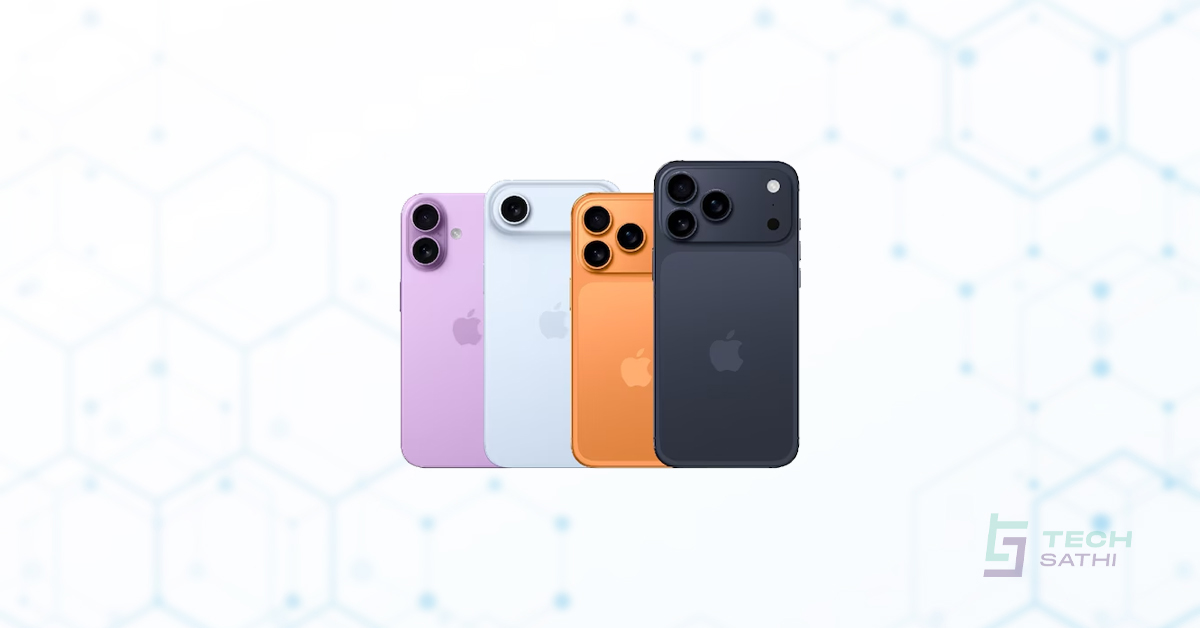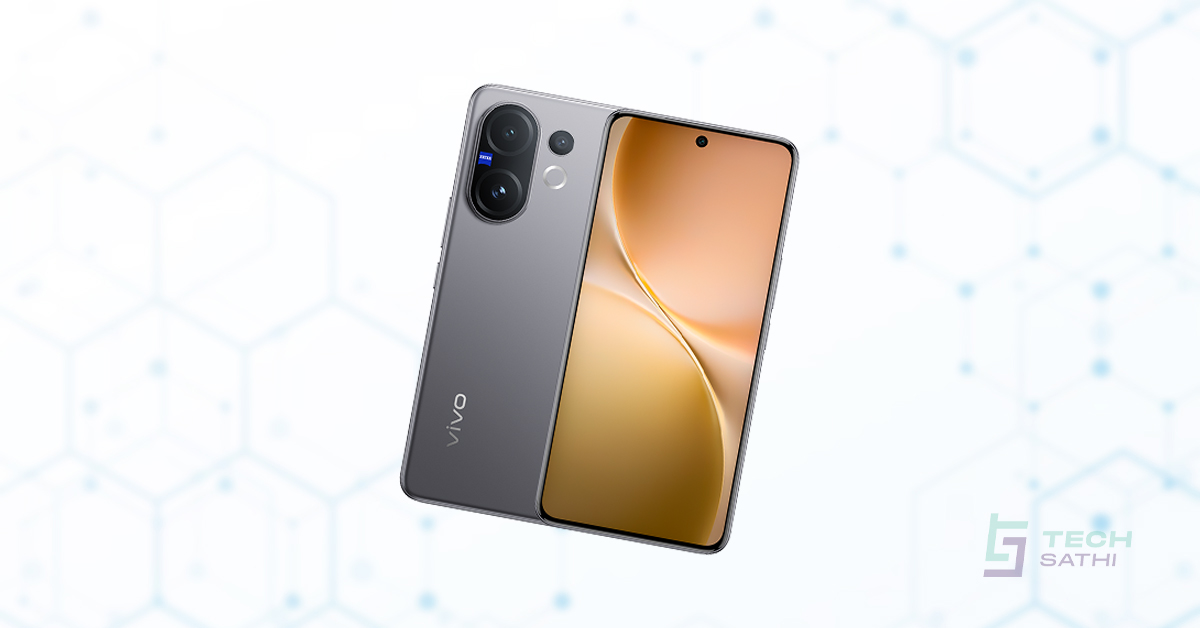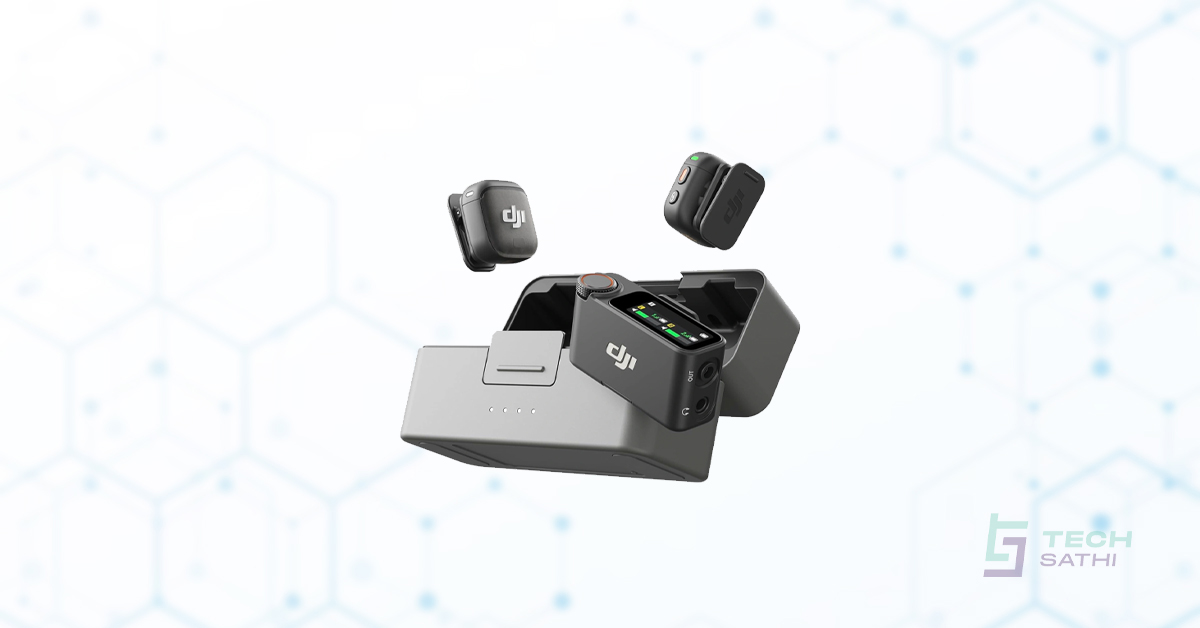In the world of photography, smartphones have come a long way. No longer just tools for casual snapshots, today’s best camera phones offer features that rival professional mirrorless cameras. These devices are not only about megapixels ; they combine advanced optics, cutting-edge sensors, and powerful image processing software to deliver stunning photos and videos. If you’re serious about mobile photography or simply want top-tier quality for your social media content, here are the seven best camera phones available in 2025.
1. iPhone 16 Pro / Pro Max – Apple’s Most Refined Camera System Yet
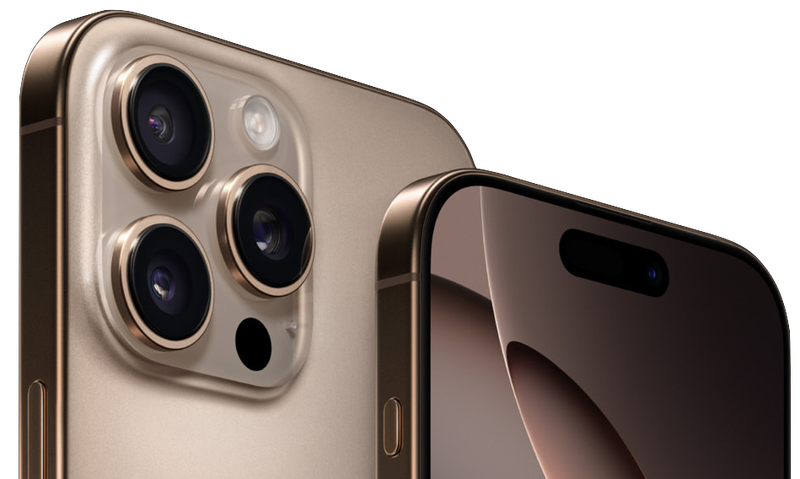
Apple continues to set the standard with its latest Pro models. The iPhone 16 Pro and Pro Max may look similar to their predecessors, but they pack significant upgrades under their titanium shells. Both models now feature a 5x 120mm telephoto lens ; a feature previously exclusive to the larger model. This is a major improvement for users who wanted more zoom without sacrificing size.
The triple-camera system centers around a new 48MP “fusion” main sensor equipped with second-gen quad-pixel technology. This allows for zero shutter lag even when shooting in high-resolution ProRAW format. The ultra-wide lens has also received an upgrade, now offering a 48MP sensor with macro capabilities.
But what truly sets these iPhones apart is their software. They support 4K video at 120 frames per second for slow-motion footage, spatial audio capture, and machine learning-powered “studio mix” audio. This last feature isolates voices from background noise, making it ideal for content creators. For those invested in Apple’s ecosystem, the iPhone 16 Pro series offers seamless integration with other devices and pro-grade video features like ProRes and Dolby Vision.
2. Xiaomi 15 Ultra – A Swiss Army Knife for Mobile Photography

Xiaomi has built a reputation for delivering flagship-level hardware at competitive prices. The Xiaomi 15 Ultra takes this philosophy to the extreme, offering one of the most versatile camera systems ever seen on a smartphone. It features a 1-inch type 50MP Leica-tuned main sensor, complemented by an ultra-wide lens, a 3x floating telephoto, and an impressive 200MP periscope zoom lens.
What makes the Xiaomi 15 Ultra stand out isn’t just the hardware ; it’s the depth of its cinematography tools. It supports 4K video at 120fps from its 100mm telephoto lens, and all lenses can record 10-bit Log video. It’s also the first Android phone to receive ACES certification, ensuring professional-level color accuracy.
To further appeal to professionals, Xiaomi offers a dedicated photography kit. This includes a physical shutter grip, filter mounts, and an additional 2000mAh battery. Whether you’re capturing stills or cinematic footage, the Xiaomi 15 Ultra gives enthusiasts and pros alike full manual control and creative flexibility.
3. Samsung Galaxy S25 Ultra – Powerhouse Performance Meets Precision Optics
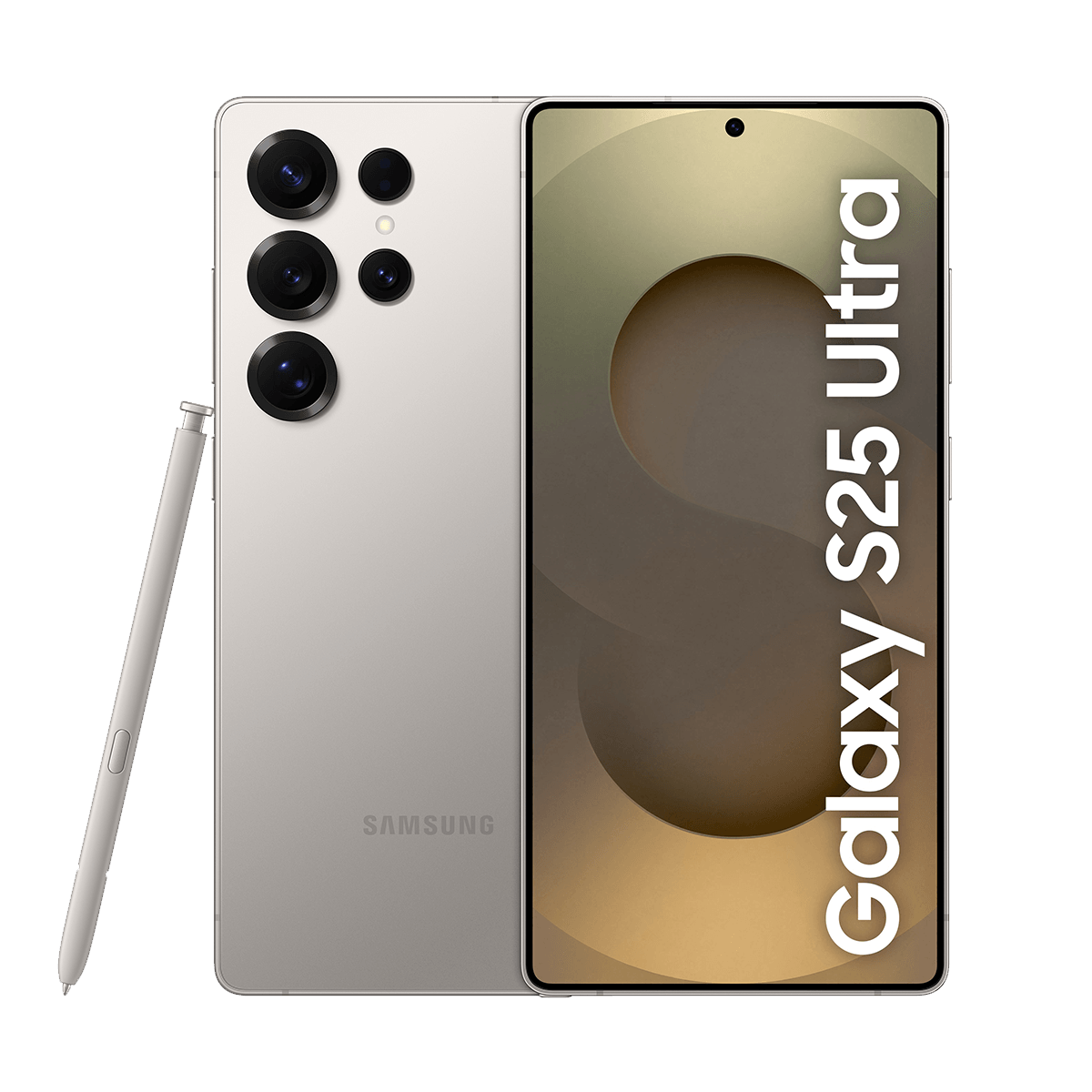
Samsung’s Galaxy S25 Ultra continues its legacy as a powerhouse in mobile photography. It sticks to a familiar formula: a massive display, the S Pen stylus, and a robust quad-camera setup. But this year, the enhancements are more refined than revolutionary.
At the heart of the system is a 200MP main camera, supported by a 50MP ultra-wide lens, a 3x telephoto, and a second 50MP periscope telephoto capable of 5x optical zoom and up to 100x digital zoom. While Samsung’s image processing has traditionally leaned toward vibrant colors, recent improvements in its ISP (Image Signal Processor) have significantly enhanced dynamic range and low-light performance.
The S25 Ultra also excels in video capture, offering 8K resolution at 30fps and 4K at 60fps across all lenses. Its AI-driven detail enhancement engine ensures sharpness and clarity even in challenging lighting conditions. For users who demand versatility and performance, the Galaxy S25 Ultra remains a top contender.
4. Vivo X200 Ultra – A Portable Cinema Rig Disguised as a Smartphone

Vivo has been quietly building some of the best imaging hardware in the industry. With the X200 Ultra, the company has arguably created its finest camera phone yet. It features dual 50MP Sony LYT-818 sensors for the main and ultra-wide cameras. Additionally, it boasts a stunning 200MP HP9 periscope telephoto lens with Zeiss APO optics and a new prism system for improved light capture.
One of the standout features of the X200 Ultra is its dual imaging chips. The VS1 chip handles preprocessing tasks, while the V3+ chip manages final image rendering. This division of labor results in faster processing times and higher-quality output.
For videographers, the phone delivers 4K video at 120fps with movie-style slow motion, along with 10-bit log recording for greater post-processing flexibility. To enhance usability, Vivo includes a detachable grip, zoom dial, and extra battery ; making the X200 Ultra feel less like a smartphone and more like a portable camera rig.
You might also like : SanDisk Hardrive Price in Nepal
5. Pixel 9 Pro XL – Google’s AI-Powered Imaging Marvel
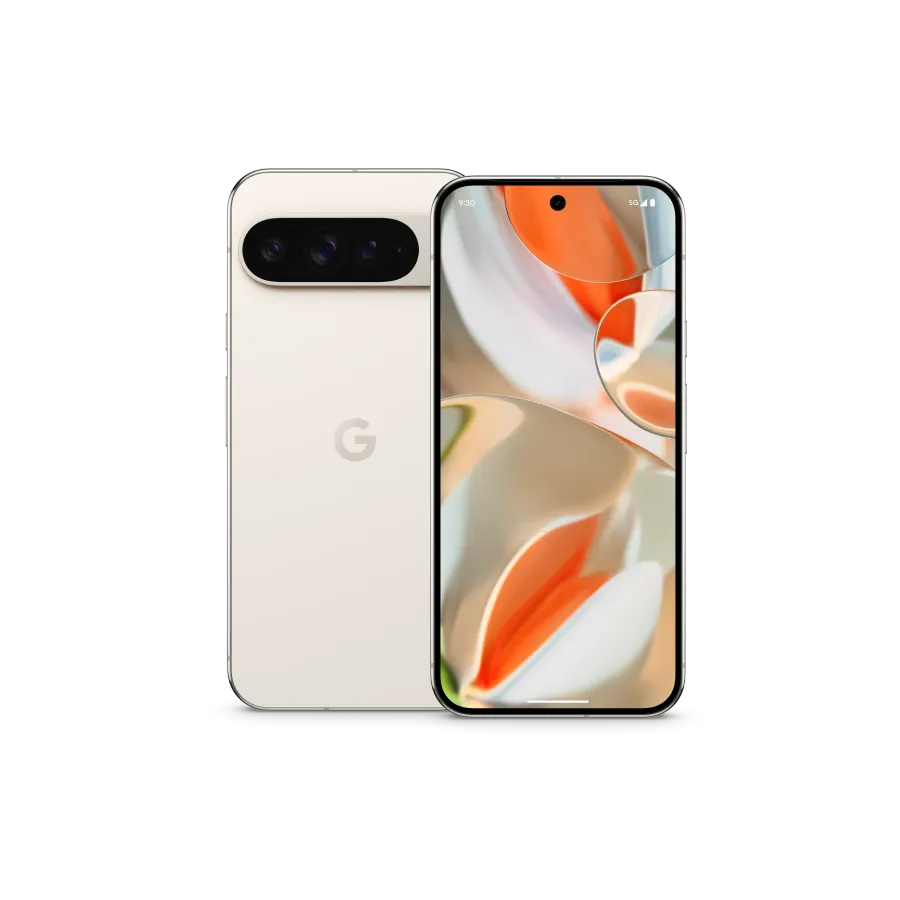
While the Pixel 9 Pro XL may not boast the highest megapixel count, its results speak volumes. Google relies heavily on its Tensor G4 chip and an AI-first approach to produce stunning images with minimal user input. The camera setup includes a 50MP GNK main sensor, a 48MP ultra-wide lens, and a 5x 120mm telephoto lens.
Together, these components create balanced, detailed, and high-dynamic-range images. Software features like Best Take automatically blend multiple shots into one perfect group photo. Magic Editor lets users move subjects after the shot, adding a level of post-capture creativity rarely seen on smartphones.
Real Tone, which accurately represents diverse skin tones, continues to be one of the most celebrated features. In addition to excellent photo quality, the Pixel 9 Pro XL supports 4K@60 video across all lenses. With seven years of guaranteed updates, it’s an attractive option for those who value longevity and consistent performance.
6. Oppo Find X8 Pro – Understated Excellence in Mobile Imaging
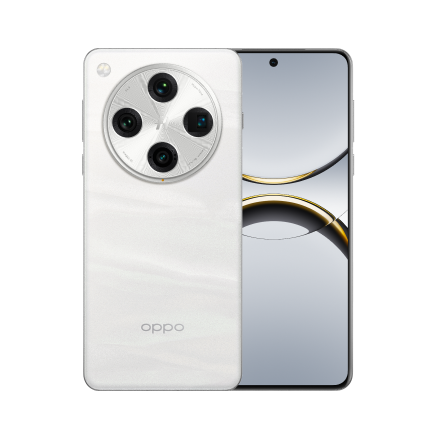
Oppo’s Find X8 Pro may not always grab headlines, but it consistently delivers top-tier performance. Its triple 50MP camera system includes a LYT-808 main sensor, a high-resolution ultra-wide lens, and dual periscope telephotos—one offering 6x zoom. This setup was co-developed with Hasselblad, resulting in exceptional portrait rendering and natural color tuning straight out of the box.
The phone supports up to 120x digital zoom, making it a strong contender for long-distance photography. Its display is another highlight a 6.78-inch AMOLED panel capable of peaking at 4500 nits of brightness. That makes it one of the brightest displays available, ideal for outdoor use.
On the video front, the Find X8 Pro supports Dolby Vision and offers solid stabilization. However, it lags slightly behind competitors like Vivo and Xiaomi in terms of pro-level video features. Still, for users who prioritize vivid imagery, flexible zoom options, and Hasselblad-tuned portraits, the Find X8 Pro is a compelling choice.
7. Vivo X200 Pro – Big Camera Power in a More Compact Frame

The Vivo X200 Pro serves as a slightly toned-down sibling to the X200 Ultra, but it doesn’t compromise on essential features. It retains the same 50MP Sony main sensor and the impressive 200MP HP9 telephoto lens found in the Ultra model.
Although it lacks the dual imaging chips of its bigger brother, the X200 Pro still delivers 4K@120fps slow-motion video, Dolby Vision support, and full-focal-length log shooting. Its battery is massive at 6000mAh, ensuring all-day usage without frequent recharging.
The build quality is also top-notch, featuring IP68/69 dust and water resistance ratings. It also comes with Zeiss APO-certified optics, ensuring accurate color reproduction and sharp details. For users looking for premium imaging in a slightly smaller and more affordable package, the X200 Pro is arguably the best value among this year’s top camera phones.
Choosing the Right Camera Phone for Your Needs
Selecting the best camera phone in 2025 goes beyond checking megapixel counts. It’s about matching the device to your personal style of photography and content creation. Each of the phones listed above excels in specific areas, so your needs will determine which one suits you best.
If you prefer automatic settings and intuitive software, the Pixel 9 Pro XL is an excellent pick. Those who enjoy hands-on control and access to cinematic tools should consider the Xiaomi 15 Ultra or the Vivo X200 Ultra. For seamless integration within an ecosystem and reliable performance, Apple’s iPhone 16 Pro models remain unmatched.
Meanwhile, if you’re drawn to vivid imagery, precise zoom capabilities, and premium color tuning, the Oppo Find X8 Pro and the Vivo X200 Pro offer fantastic alternatives at different price points.
Conclusion: The Future of Mobile Photography Is Here
We’ve officially entered an era where smartphones can outperform traditional cameras in many real-world scenarios. The best camera phones of 2025 combine powerful hardware, intelligent software, and innovative accessories to cater to both casual users and seasoned photographers alike.
From Apple’s polished ecosystem integration to Xiaomi’s Swiss Army knife approach, each of these devices brings something unique to the table. Whether you’re capturing memories, creating content, or pushing the boundaries of mobile photography, there’s never been a better time to invest in a high-end camera phone.
These seven smartphones prove that the future of photography is not just in your pocket ; it’s smarter, sharper, and more versatile than ever before.


